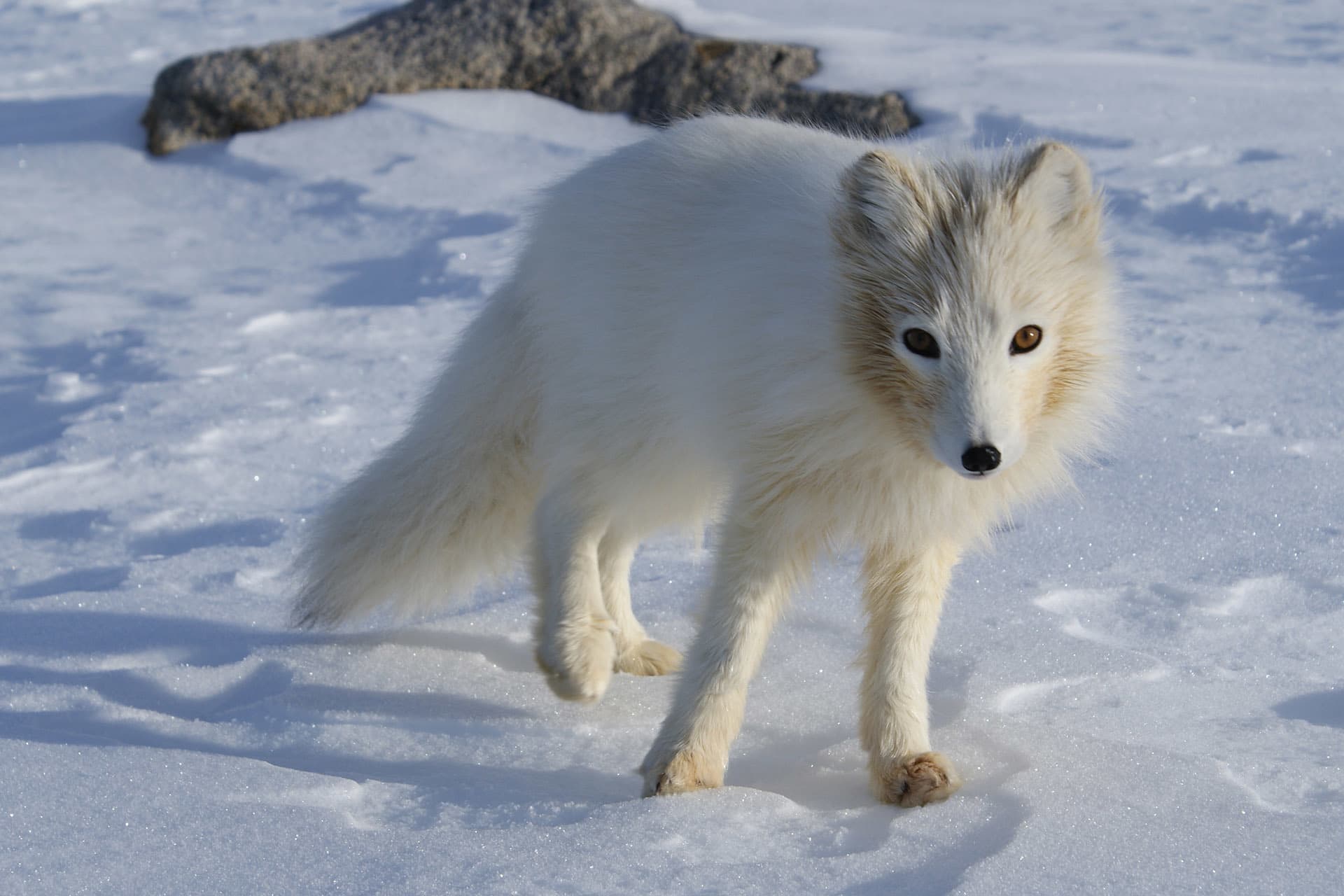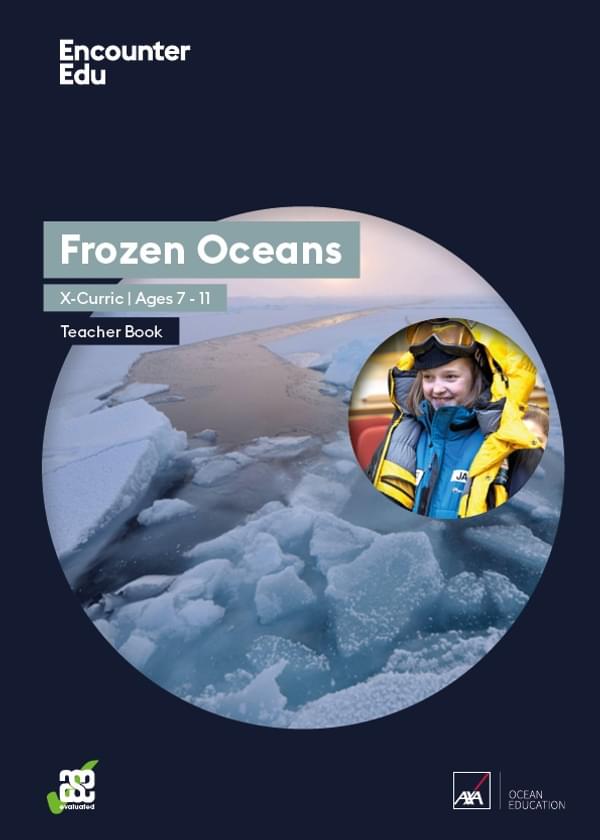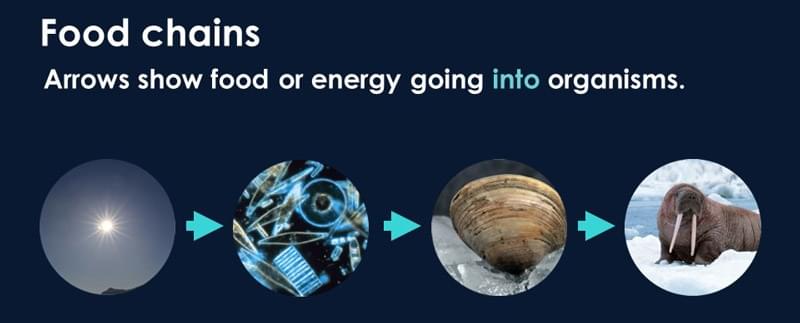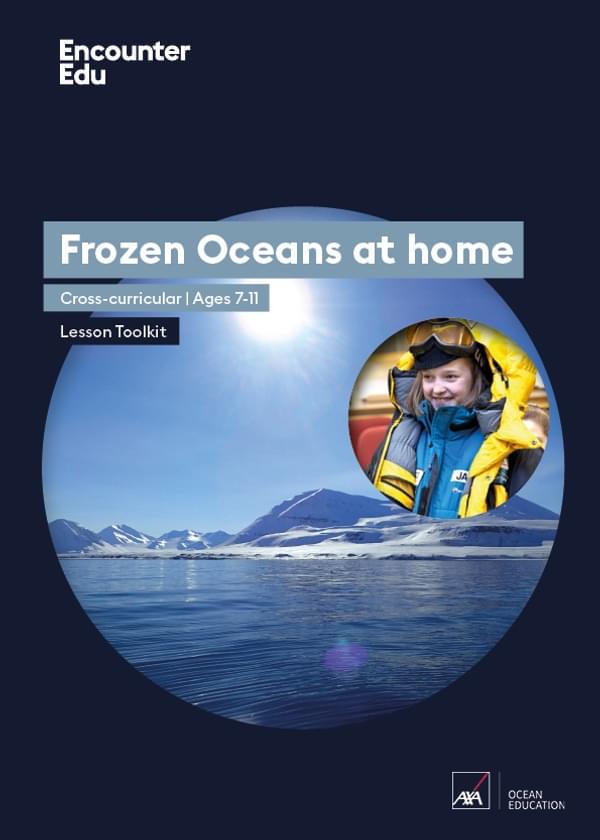Arctic food chain mobile
 Wikipedia / Algkalv
Wikipedia / Algkalv
This activity is a fun way of learning about the different living things in the Arctic and how they are connected. This food chain activity introduces young people to a range of animals that they may come across during an Arctic expedition, and remember the only place where polar bears and penguins might meet is at the zoo!
Ages 6+
(adult supervision)
30 minutes
Part of:
AXA Ocean EducationThis activity is all about learning more about the different living things in the Arctic. Then your challenge is to connect the different living things into a series of food chains and make your very own Arctic food chain mobile. You can hang this up at home or in the classroom to remind you of the importance of all life in the Arctic and not just the cute and cuddly ones!
Activity steps
- Download and colour in the pictures of the animals on the Arctic life cards (download from the ‘What you’ll need' section).
- Stick the Arctic life card sheet to the piece of cardboard.
- Carefully cut out each of the cards.
- On the back of each card, write the name of the living thing and a short description. Use the information in the Arctic life gallery to help you.
- Use the template for the Arctic food chain mobile to help you lay out your cards and lengths of dowelling or twigs, before you attach them together with string. An adult may wish to check over the order and placement before the different cards and sections are taped together.
- Once you are sure you have the right order, you can use the tape to stick lengths of string to each card and then to the pieces of dowelling or twigs.
- Once completed don’t forget to stick a piece of string to the sun so you can hang your Arctic mobile up at home.
Reflection
- Looking at your Arctic food chain mobile, what do you think is the most important animal in the Arctic? Why is this?
- Think about what might happen to the food chains if you removed one of the animals.
- Can you think of similar food chains and apply some of the terms you have learned in your local environment?
Further ideas
If the whole mobile is too complicated an idea to start with, consider making a single food chain first. Start by placing a ‘producer’ on a table. Search through all the other cards to find a consumer that eats that producer. You might have started with algae and then found the copepod that eats the algae. See if you can make the chain longer by finding an animal that eats copepods, and so on.
If you are unsure about the science definitions, see the 'Find out more' section, and for the different living things in the Arctic, see the Arctic life gallery.
You can teach a whole lesson featuring this activity with What organisms live in the Arctic? from the Frozen Oceans at home for Ages 7-11 unit.
Safety guidance
- This activity involves cutting out cardboard pieces, using glue and handling pieces of dowelling or twigs.
- Cutting with scissors should be done using child-friendly scissors and under adult supervision.
- If using wooden skewers as the wooden sections of the mobile, sharp ends should be cut off.
- Care should also be taken handling the dowelling or twigs, and these sections should be laid on a flat surface or table as the mobile is being constructed.
Brought to you by


Cross-curricular | Ages 7-11
Frozen Oceans
Based on journeys undertaken by real explorers and scientists, the Frozen Oceans (Primary) education programme is designed to introduce students to what life is like in the High Arctic.

